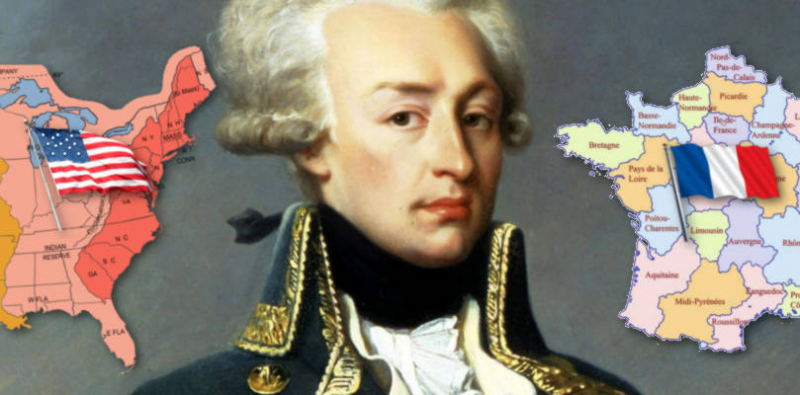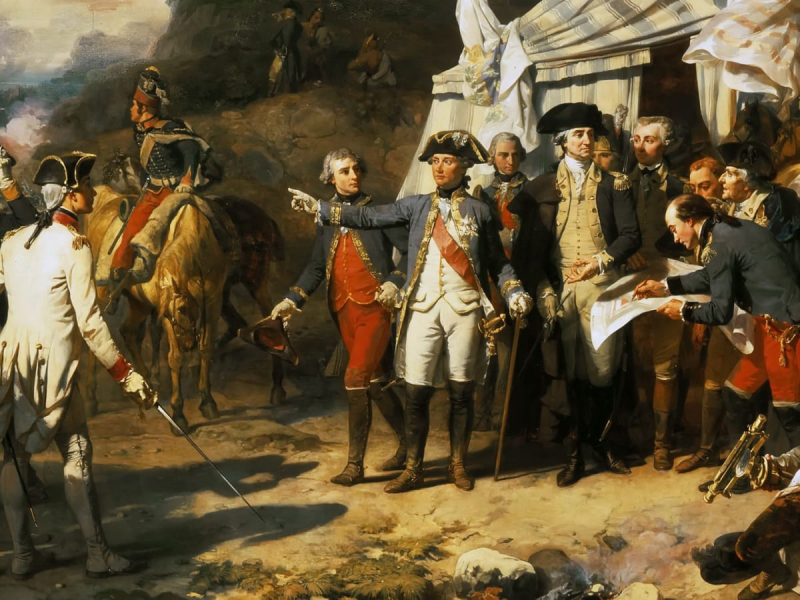After the American Revolution, he rose to fame as the Hero of Two Worlds
When he returned to France in February 1779, he collaborated with American envoys Benjamin Franklin and John Adams to assist convince Louis XVI's administration to send more troops and supplies to support the colonies. Six ships of the line and 6,000 infantry soldiers under the leadership of the Comte de Rochambeau were on their way from France when Lafayette returned to America in April 1780. He was assigned leadership of an army in Virginia, and in 1781 he carried out hit-and-run attacks on Benedict Arnold's soldiers. Lafayette harassed Lord Charles Cornwallis across Virginia with the help of Gen. "Mad" Anthony Wayne and military soldiers led by Steuben until trapping him at Yorktown in late July. On October 19, Cornwallis submitted to the American and French soldiers who had entered the siege. British cause was defeated.
Lafayette went back to France as an American ambassador in 1781 following the British capitulation at Yorktown to bolster French support for the American cause. The French royalty and nobility had an idealistic picture of the revolution even though America had a republican government. Lafayette was knighted as a member of the Order of Saint Louis as a result and was given a hero's welcome upon his return to France. Lafayette later took part in American and British-led peace negotiations that resulted in the Treaty of Paris, which was signed in 1783. Additionally, he took engaged in talks between France and the US about post-war trade deals.
In 1785, Lafayette ultimately made his way back to the US, where he was welcomed back as a hero. He and all of his offspring were made citizens of Maryland specifically, which also made them US citizens by the new US Constitution. Lafayette subsequently said that since he only acquired French citizenship after the French Revolution, he became a citizen of the United States first.












